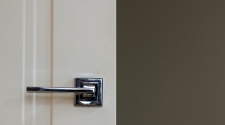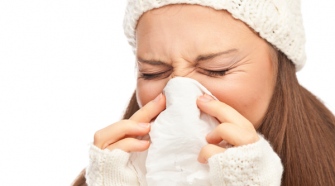Dry rot, scientifically called as Serpula lacryman, is an active fungus which destroys the sturdy nature of wood, can be found in majority of the arenas globally. It mainly affects the common sets of forest timbers; however dry rot is popularly known for its direct activity to destroy the structure made using timber in ships and buildings.
It isn’t that easy to identify the timber decay caused by dry rot; there are also other chances for wood-destruction similar to the fungal activity of the wet rots. Due to the ability of dry rot to travel through the building materials apart from timber, it leads to the outbreaks of the overall potential to get in quickly through the various layers of building. Because of this, we need to take additional measures like masonry sterilisation frequently to reduce the activity of dry rot outbreaks over and over again while comparing with that of the outbreaks caused by other wood-rotting fungi.
The major indications of dry rot activities include:
- There will be wood shrinks along with the cracks on the surface in a ‘cubical’ form
- Formation of a silky grey coloured mushroom structure pinned together with the patches of lilac and yellow forms on the timber surface under humid conditions. The ‘skin’ thus formed can be easily peeled as we can do with mushrooms.
- Presence of white, fluffy ‘cotton wool’ mycelium and ‘teardrops’ develops in humid ambience.
- Development of different layered strands in the mycelium which are of brittle in nature and formation of bends on the wooden surface.
- Soft touch of fruiting agents, fleshy pancake having an orange-ochre surface with wide pores which shows the depth of dry rot process.
- Fruiting bodies depicting the rust red coloured spore dust on its soft surface.
- Presence of odour of musty and damp disposition.
It should be noted that the presence of dry rot will lead to the uncontrollable structural damage.
How Dry Rot Formation can be Controlled?
Dry rot mainly affects the functioning of timber which is of damp, with a moderate moisture content of more than 20%. Hence the easiest form of remedy is to remove the moisture presence for the eradication of dry rot strategy.
There are also reasons can be shown which lead to the damp nature of timber. A few among such reasons are leaking washing machines, condensation process, shower trays etc. The dampness would also occur outside the building as in the form of leaking roofs and dampness penetrating through the walls. However, the formation of dry rot can be controlled by the rectification of dried timber and take necessary actions on time to prevent it.
However, there is some impracticability to ensure that the timbers will remain dry for a long time without getting affected by dry rot. Hence, it is quite important to take secondary measures which would certainly help in defending the action against re-infection. Timber which already got affected by dry rot should be removed and can be easily replaced with pre-treated timber. Also effective fungicide can be used on the remaining timbers which are at the risk of being caught by the dry rot infection.














